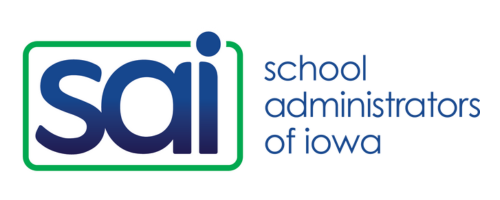Fostering Stronger Superintendent-School Board Relations
Explore these six strategies to strengthen your relationship with your board.
These strategies are excerpted from the article, “Fostering Stronger Superintendent-School Board Relations,” by Dorothy Rohde-Collins and J. Cameron Anglum, which appears in the AASA 2024 Fall Journal of Scholarship and Practice. You will likely find these affirming the work you’re already doing!
To provide context and rationale for the strategies they suggest, authors Rohde-Collings and Anglum begin by discussing key current issues impacting effective governance. They note board and superintendent demographic characteristics often do not reflect those of the teaching staff and students, and few leaders feel well-equipped to navigate conversations about race in their districts. Additionally, increased rates of superintendent and board turnover as well as the politically charged environment put schools in the spotlight. These issues make strong superintendent and board relationships all the more critical.
Six Strategies
- Work together with the board to develop trust (see Franklin Covey’s 13 behaviors of high trust), establish role clarity, generate shared norms and beliefs, and create clear and consistent communication procedures. Consider a board retreat or workshop.
- Create opportunities to develop relationships among board members outside of official meetings. You might consider all sharing a meal prior to a meeting, engaging in 1 on 1’s with board members, and attending professional learning together. Know and understand the unique perspectives and priorities of each board member and work with the board president to bring everyone together around your shared goals.
- Prioritize the superintendent-board president relationship. “This includes meeting regularly to plan, monitor, and implement district strategy; proactively address internal issues with the board; identify patterns of concern in stakeholder relationships; and determine professional development goals for the governance team.”
- Keep in mind the value and importance of the board meeting. “Over the course of the year, the meeting agenda and minutes should demonstrate the district’s priorities and honestly portray the district’s challenges and successes.”
- Communicate, communicate, communicate! “One of the superintendent’s main responsibilities is to provide “thorough and objective data to support recommendations and ultimate decisions for authorizing an allocation of resources,” (Balch & Adamson, 2018, p. 61) yet many board members exhibit inaccurate knowledge of district conditions (Shober & Hartney, 2014).” When the board loses sight of their governance role and veers into the micromanagement lane, work with the superintendent to keep them focused on their work according to their role.
- Build political skill. Be proactive in building rapport with diverse groups of stakeholders.
